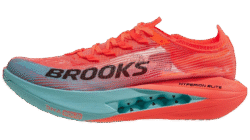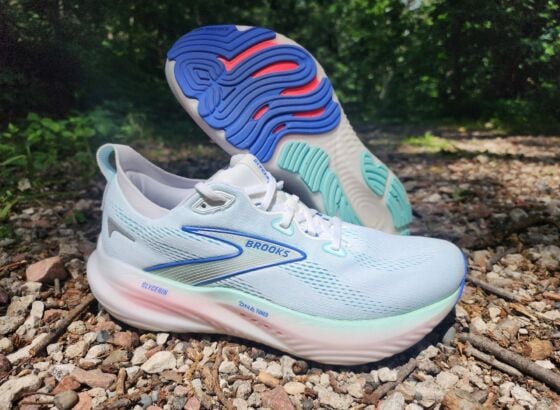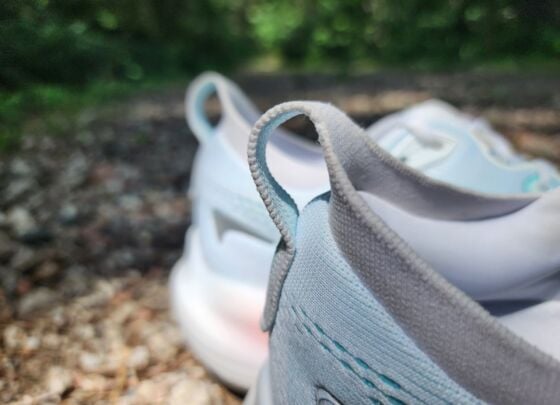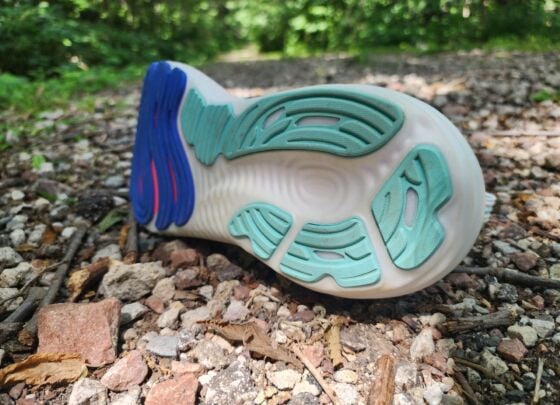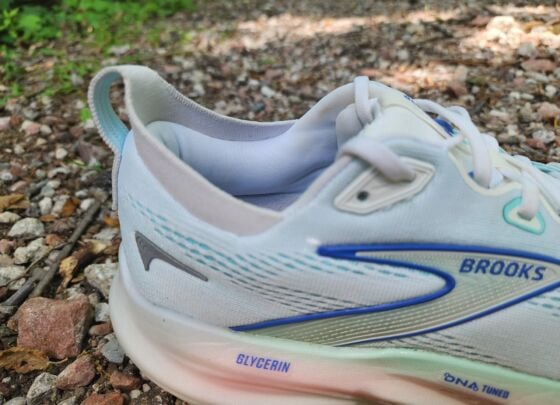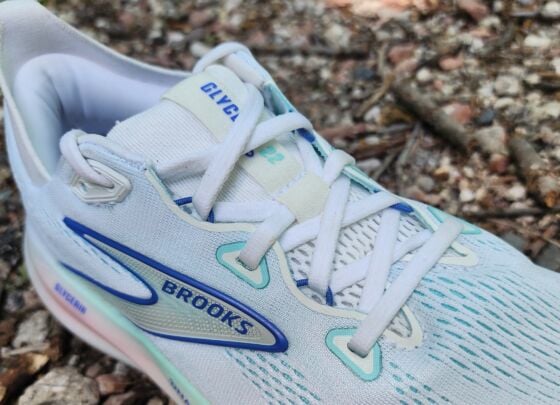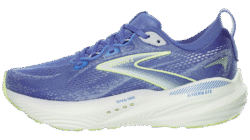Brooks Glycerin 22 review
Brooks Glycerin 22 Verdict
The pros
- Secure and comfortable upper hold
- Some stability
- Good grip
- Heel loop
- Durable
The cons
- A little heavy
- Price
Rating breakdown
Facts / Specs
Size/Fit
Cushioning & ride
Usage
Who should buy the Brooks Glycerin 22 ?
Runners who value plush comfort will enjoy this shoe for daily runs and recovery runs.
Who should not buy the Brooks Glycerin 22 ?
Do not buy this shoe for speedwork or if you want a ground feel. Also skip this one if you want to save money
Brooks Glycerin 22 Introduction

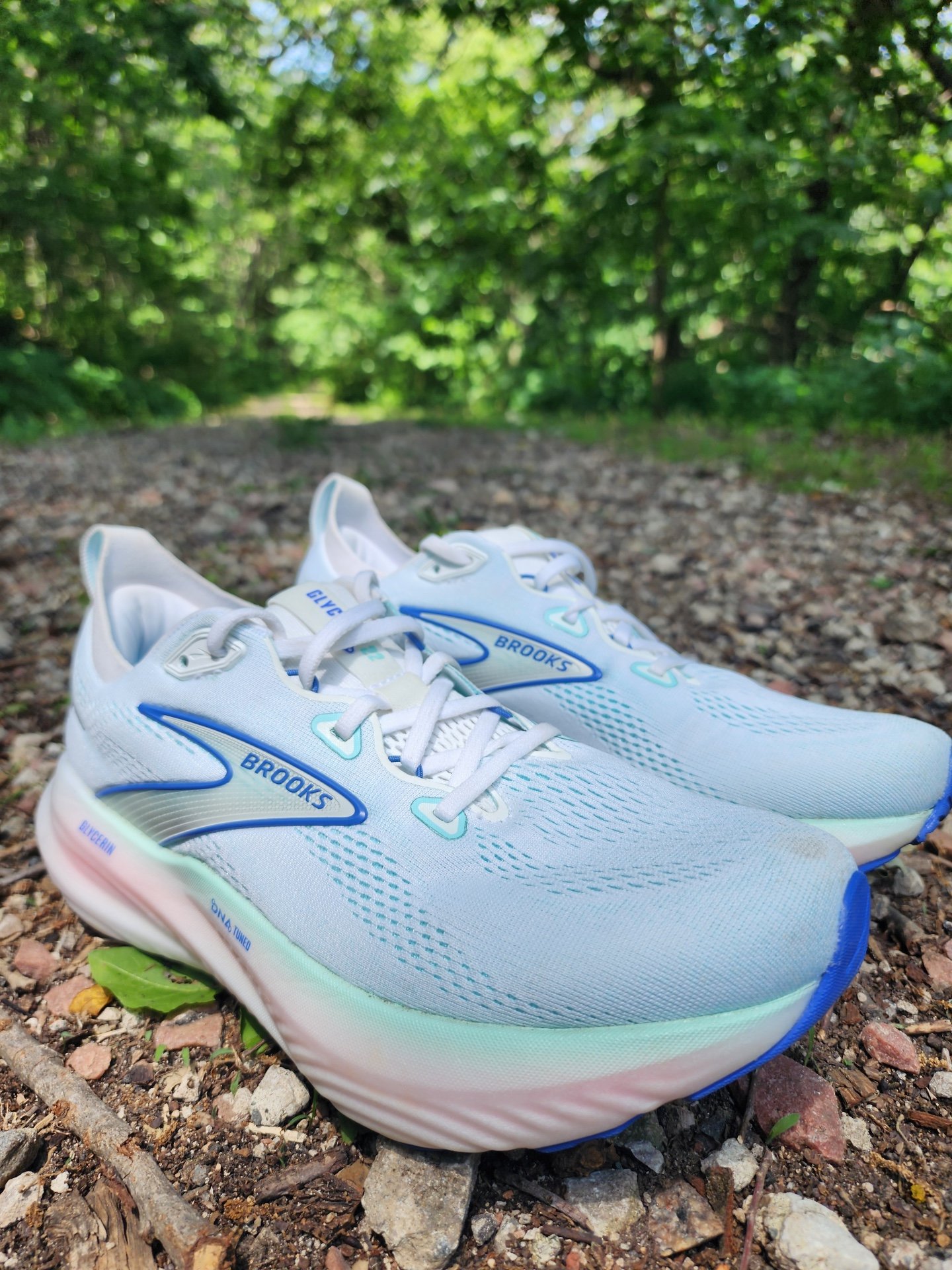
Glycerin has been a popular shoe for Brooks since its launch in 2002. The name was inspired by glycerin, a substance used in moisturizers, which evokes the softness and comfort of this shoe, now most pronounced in this latest version.
Try Brooks Ghost for a similarly cushioned ride with 1.5 mm lower stack height and 10 mm drop, just like Glycerin, but nitrogen-injected DNA Loft v3 foam.
If you want a maxed-out cushion experience try Glycerin Max, which has 7 mm higher stack height, a 6 mm drop, and a rocker to aid toe-off. Like Glycerin, Gycerin Max utilizes the brand’s latest foam: nitrogen-infused DNA Tuned midsole material, geared toward a softer landing but more firm toe-off.
Glycerin brings a touch of stability due to its quality build and cushioned yet firm midsole, but for max stability try out Glycerin GTS, with added GuideRails.
The 22 is the most plush version yet, with the added feature of a flexible heel loop to pull it on and a more plush heel collar and tongue.
The 22 retails at $165 USD for both the Glycerin and Glycerin GTS, which is just $5 up from the 20 and 21, with new multifunction midsole tech, but is still pricey.
I rank the stability and cushion of Glycerin 22 higher than that of Glycerin GTS 21, which surprised me.
Glycerin GTS 21 has a more responsive ride into a smooth toe-off if you are looking for a similar shoe with this feature.
Glycerin competes with Saucony Ride 18 which has an 8 mm drop and comes $20 less expensive at $145 USD. New Balance Fresh Foam X 1080 and ASICS Nimbus (at the same price of $165 USD) are additional top-end cushioned offerings.
Brooks Glycerin 22 First Impressions

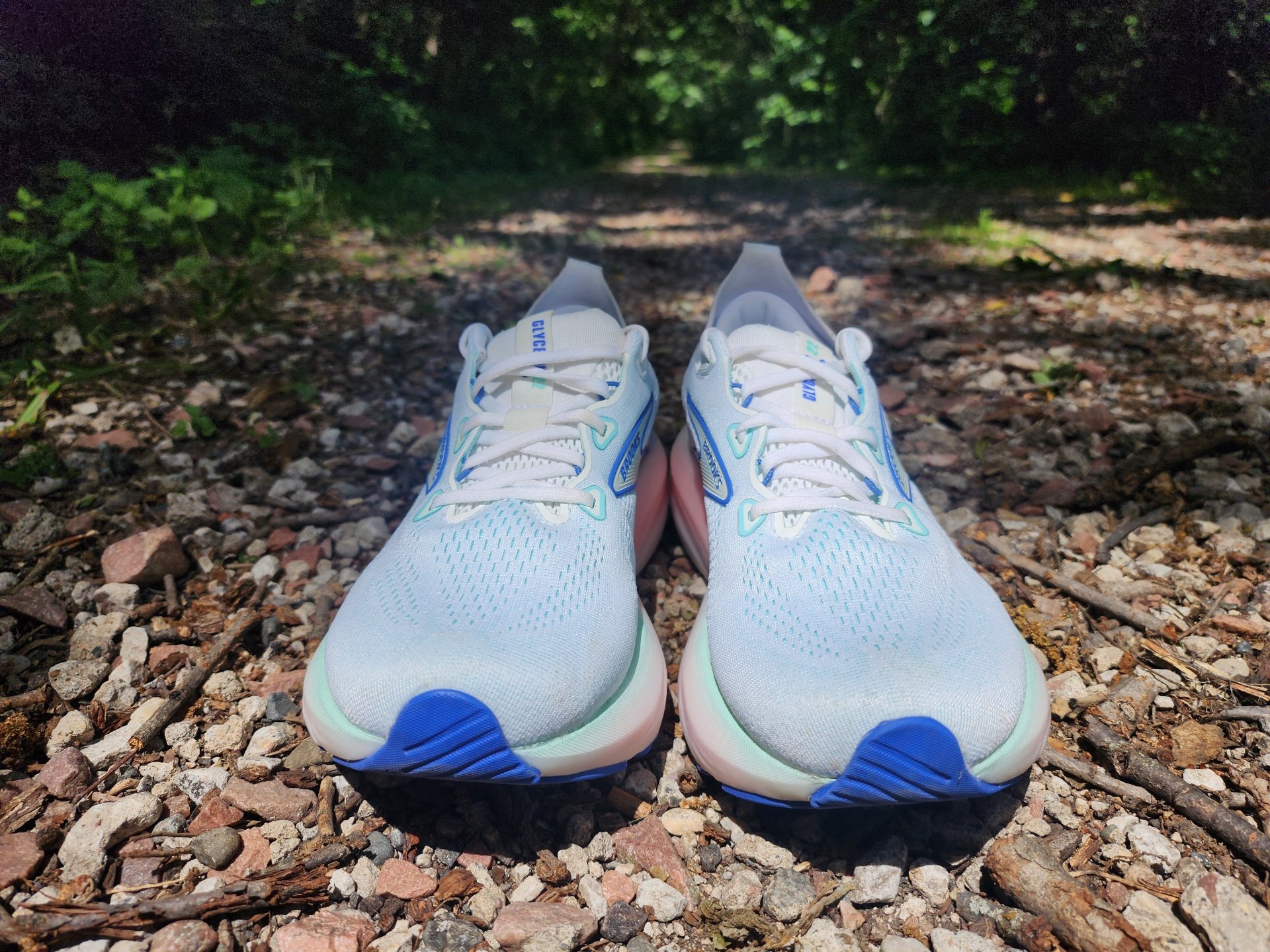
Opening the box, Glycerin 22 was appealing as a cute and cozy-looking shoe with a traditional upper look and plush midsole. I was eager to try Brooks’ latest foam!
My first few steps convinced me that the new technology in this midsole is worth the hype. The foam is cushioned yet firm into toe-off.
The design of the 21 aids a quick ride, while the design of 22 is geared towards support and comfort.
Brooks Glycerin 22 Upper

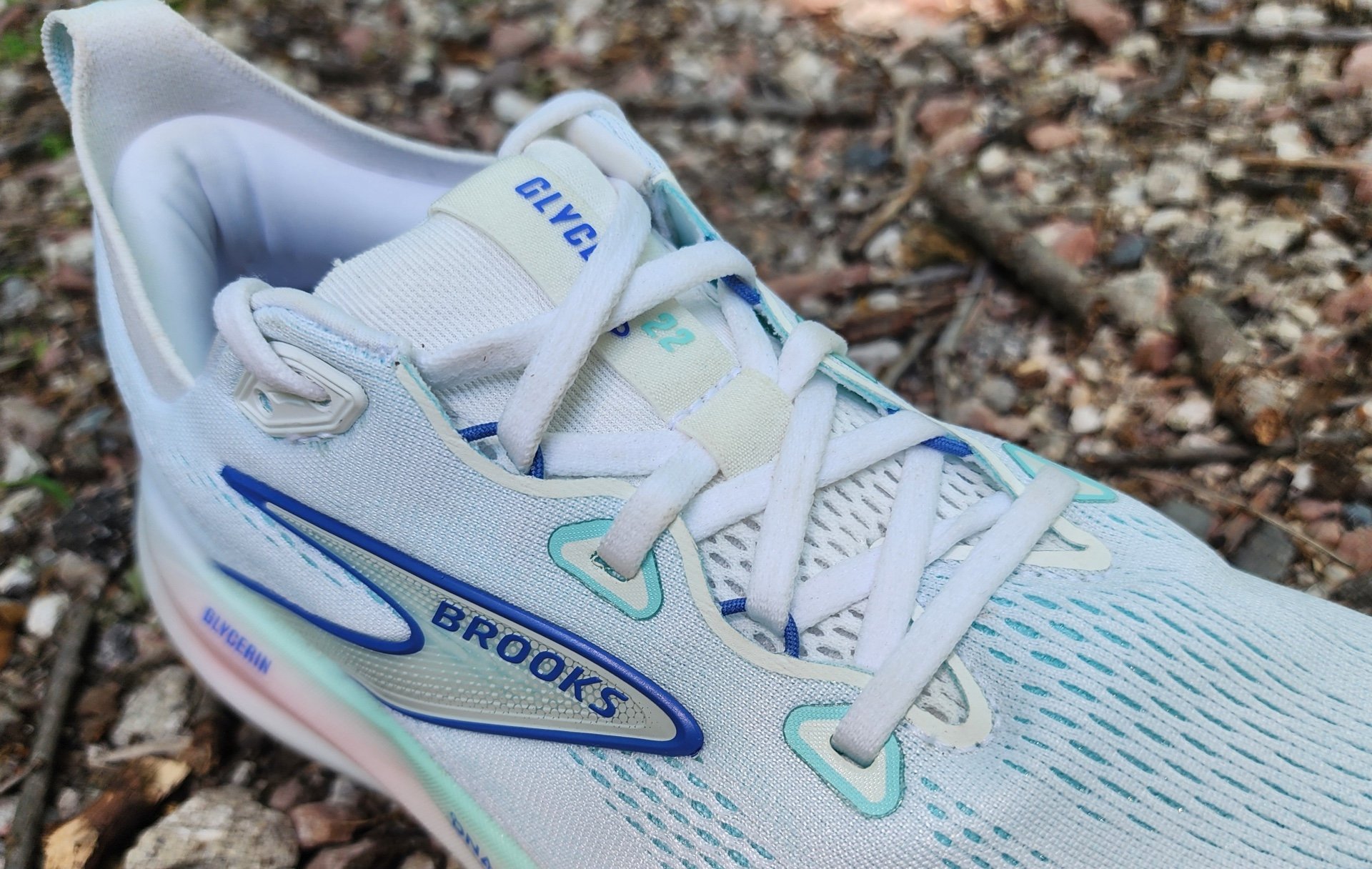
This line’s upper has been updated as well, now with a double-jacquard knit that aids the higher level of support that I feel in this version. It is a little less flexible than the knit upper from last year.
Plush comfort is increased with a thicker tongue and more padding around the ankle opening.
Heel fit is secure with superb guidance from the heel counter, which is a key feature for me. The 22 adds a comfortable, flexible loops to aid pulling the shoe on.
A protective cap inside the tip of the forefoot provides hidden durability.
Fit is similar to the last model: a touch on the small side, for length, and true-to-size in width. If you’re between sizes, order half size up.
Brooks Glycerin 22 Sole Unit

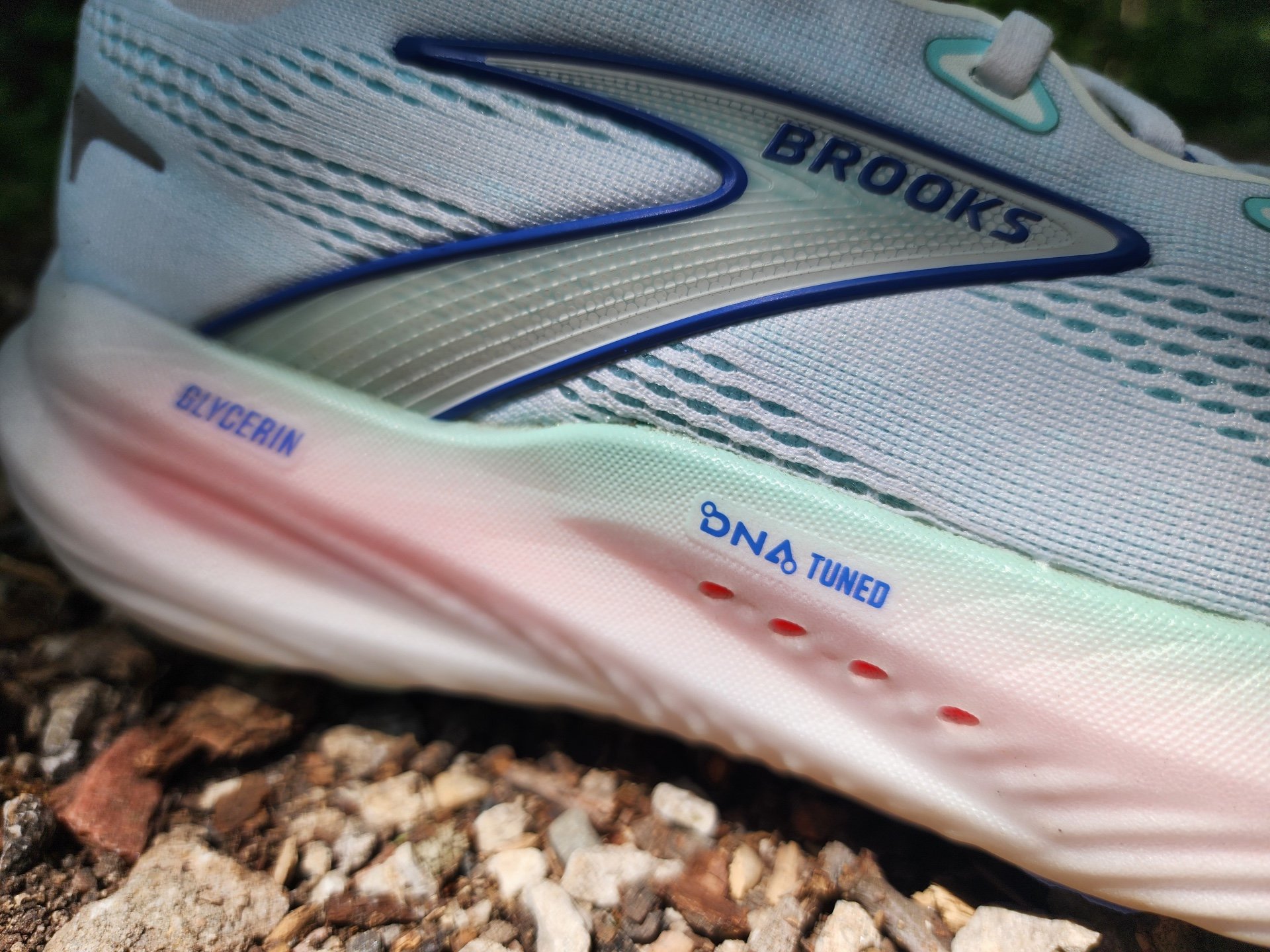
A new “DNA Tuned” midsole is designed with a dual-cell nitrogen-infused foam with larger cells in the heel for softer landings and smaller cells in the forefoot for firmer, more responsive toe-offs.
I can tell! This shoe feels “maxed out” and primed for a great feel from foot strike to toe-off.
The durable rubber outsole in the 22 has been updated for better coverage. The most significant difference from the outsole of the Glycerin GTS is that the GTS has about an inch more of a triangle piece of rubber extending from the medial side into the midfoot. With 50 miles on the shoe so far, the outsole looks almost untouched.


The ride is smooth and cushioned—not super quick or light but also not slow or heavy-feeling. This midsole is primed for comfort rather than speed, so it feels great for regular daily runs and long runs.
Brooks Glycerin 22 Conclusions


Brooks has clearly invested in making Glycerin the shoe to beat, this year. Brands will need to ramp up their research to compete with the fit and comfortable ride of Glycerin, in their daily trainers.
Have you recently switched to this shoe from a competitor, or do you prefer another line? Let us know in the comments!
How does the Glycerin 22 compare?
Why you can trust us
As editorial policy, we do not accept free samples from companies.We purchased this pair of Brooks at Running Warehouse with our own money.
This page contains affiliate links. As an Amazon Associate we earn from qualifying purchases. Read more about our policy.
Reviewed by Kristin
Kristin started running by competing in 400's, 800's and 1600's in track in the late 90's and hasn't stopped since. Running proved better than the endless bump-set-spike of volleyball practice, so Kristin and a friend recruited a wresting coach willing to make kids run and founded their high school's cross country team, which is still going strong.
User feedback (0)
Similar shoes to Brooks Glycerin 22

